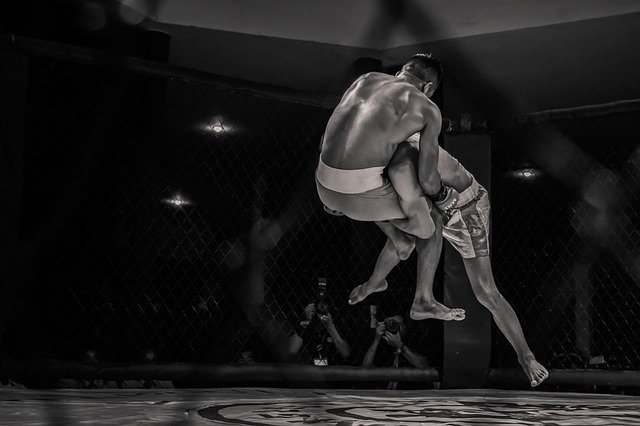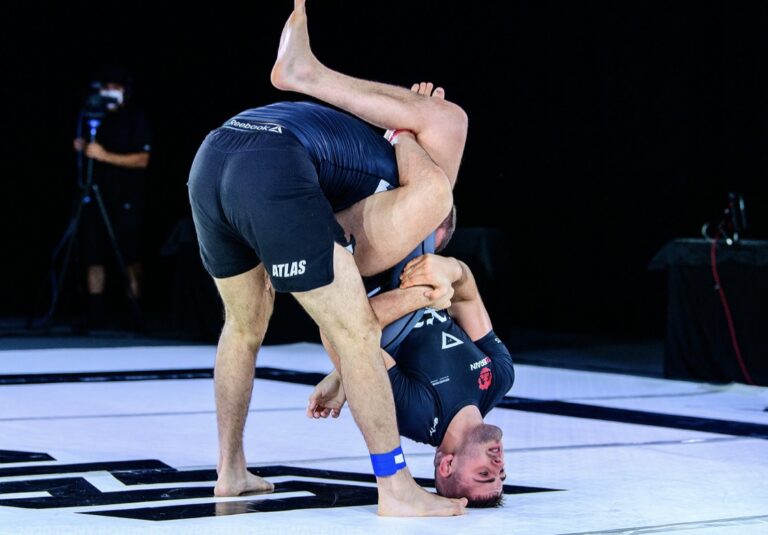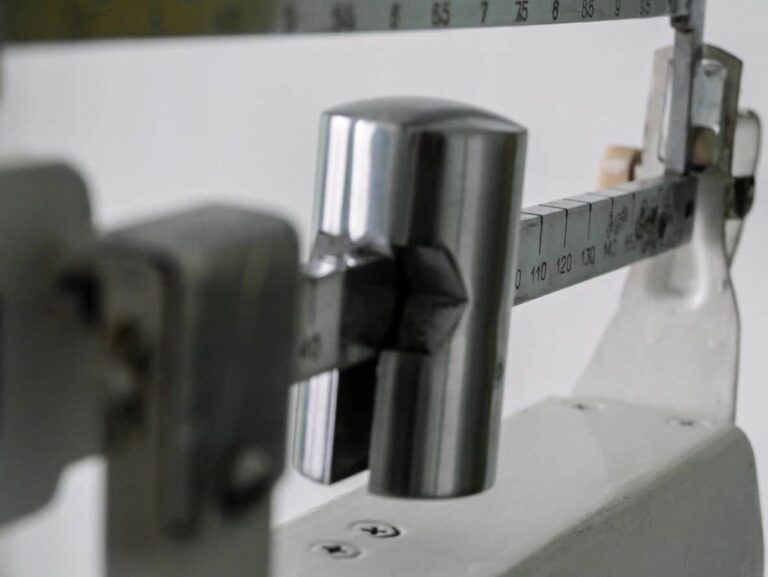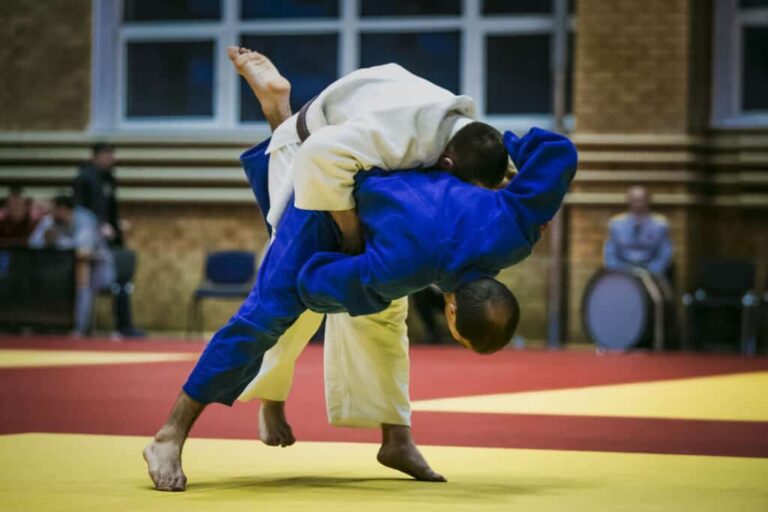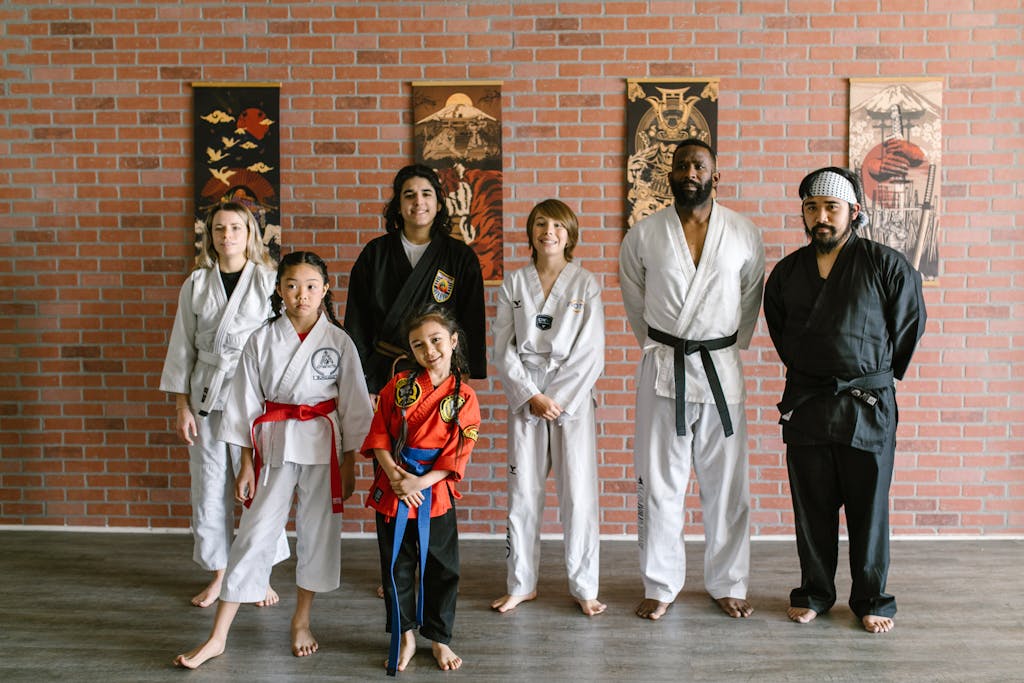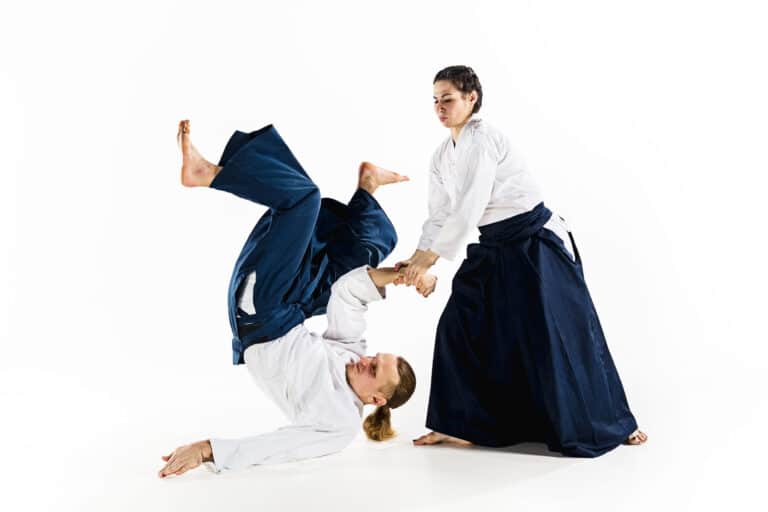Does Judo Teach Submissions?
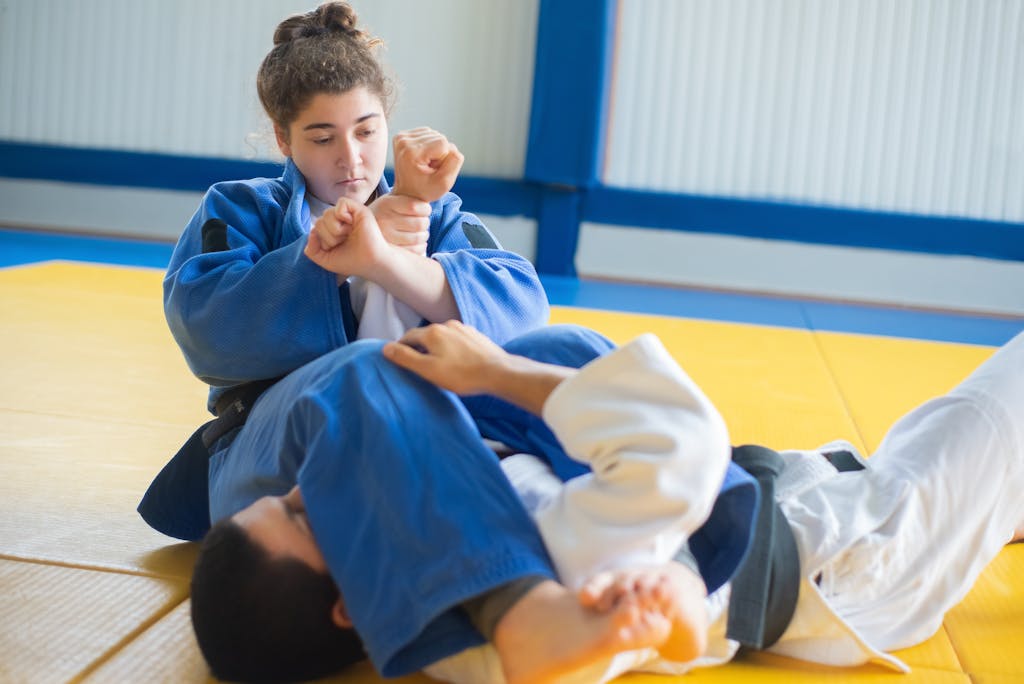
Though judo might not focus on submissions as much as BJJ, it does have submissions. Most of the submissions found in BJJ were originally found in judo. Judo teaches many submissions including arm locks, joint locks, and even chokes.
Most of the submissions people know from BJJ were adapted from judo. So not only does judo have submissions but most modern-day submissions have been part of judo for over a hundred years.
If you were to study early judo you would find just about every submission that you can find in BJJ today. BJJ evolved from judo and most of the techniques can be traced back to Kodokan Judo.
Why Early Judo Focused More On Submissions
Judo became an Olympic sport in 1964 but the martial art of judo was founded in 1882 by Kano Jigaro. Kano adapted techniques from Japanese Jujutsu and modernized it into what we call judo.
Before becoming a popularized sport, judo was simply a martial art. At its foundation judo had a strong foundation in not only takedowns and throws but also ground fighting ( Newaza ) and an arsenal of submissions.
As a martial art submissions and ground fighting were naturally very important aspects of the judo system. It was a very well-rounded grappling system.
This is the judo taught to the Gracies in Brazil, which evolved into what we know as Brazilian jiu-jitsu. However, once the sport of judo became an Olympic sport, it evolved to focus more on techniques that suit the rules of judo.
Olympic Judo
In judo, you win a match instantly by throwing your opponent on their backs with force. You can also win instantly by holding your opponent down for 20 seconds.
There are other ways to win as well such as a submission or two throws that either did not have enough force or where they did not land on their backs.
That said, if a submission is not executed quickly then the referee will intervene. So naturally, judokas are going to focus more on throws or even pins over submissions. However, submissions are still part of the sport of judo.
That said, they simply are not as much of a priority as they were in the early days of judo. Statistically, about 22-23 percent of judo matches end by submission.
Though that is not necessarily a low number it is not the number, submissions are not the number one priority in judo. In the sport of Brazilian Jiu Jitsu or submission grappling, the number one goal should be to submit your opponent.
Submissions In Judo Vs BJJ
Today judo has a bigger focus on throws than it does on submissions. After all, it is typically easier to win a judo match via throw or pin than with a submission.
In judo, you can win via submission. But once the fight goes to the ground the referee will stand the judokas up if a submission is not executed quickly. On the other hand, BJJ matches are encouraged to stay on the ground until a submission is executed.
Of course, you can stand back up in BJJ but the goal is to take your opponent to the ground and keep them on the ground until they are submitted.
Judo focuses more on high-amplitude throws that can win a match instantly. So concentrating more on throws than submissions is more common than not.
Of course, this could vary drastically depending on what judo school you go to. Some judo schools will focus quite a bit on quick submissions.
You can win a judo match via arm lock or choke, so submissions are still critical in sport judo. However, most matches are won by throws or pinning your opponent for a certain time.
Most Common Judo Submissions
Since the majority of judo schools are focused on competition judo the most common submissions would be arm locks and chokes. In Olympic judo, you only have a certain amount of time to execute a submission before you are forced to stand back up.
Because of this submission needs to be executed quickly. This will usually happen during a scramble right after a non-winning throw. Armlocks are the most common submissions in judo.
Juji-gatame is what people in the BJJ world would call a straight arm lock or an armbar. Of course, juji-gatame is the original name of this submission.
The next most common judo submission would likely be koshi jime, also known as the clock choke. This is a choke that can be executed quickly by restricting blood flow to the opponent’s brain.
Like the juji-gatame, the most common judo submissions are typically the ones that can be executed within a small window of time.
Submissions And Ground Fighting In Kosen Judo
There is another variation of judo that should be mentioned. That is Kosen judo. Kosen judo has a different rule set than the more common Kodokan variation. In Kosen judo, you can pull guard like you would in a BJJ competition.
Also like BJJ, in Kosen judo, you are allowed more time on the ground to secure a submission. Because of this kosen judo has a much more developed ground game. The only problem with Kosen judo is that it would be very rare to find a school in most parts of the world.
Even in Japan Kosen judo is much less popular than Kodokan judo. So, unfortunately, in most places in the world, you would be hard-pressed to find a school that teaches this style of judo.
But if you did find one, it would look a lot more like BJJ than Olympic judo does.
